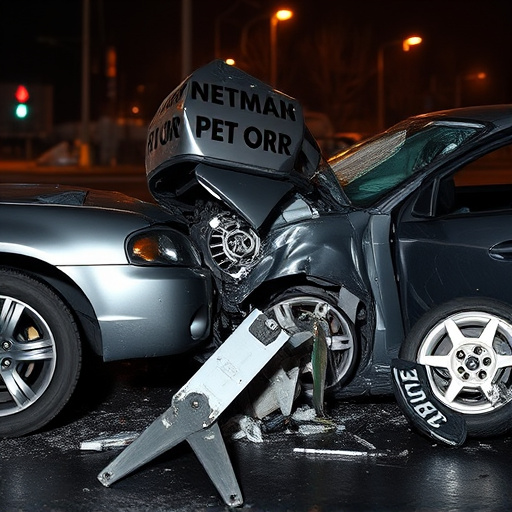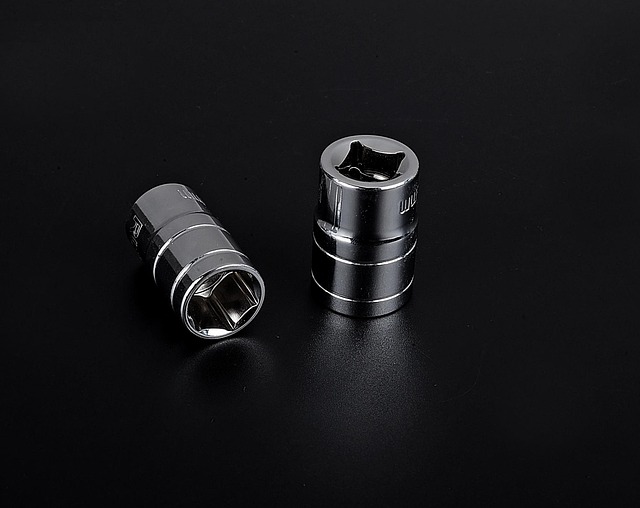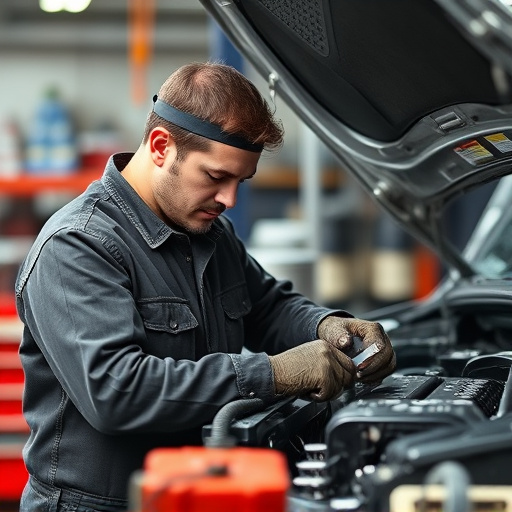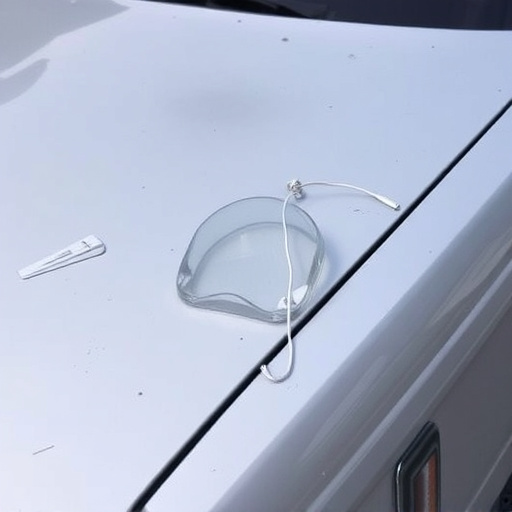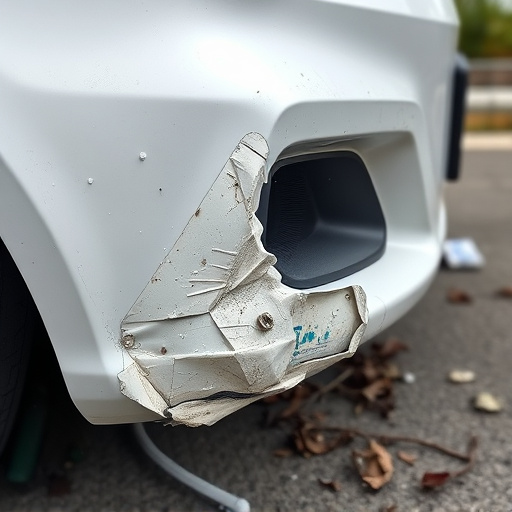Advanced digital tools revolutionize repair quality verification in car body shops and collision centers, enhancing precision, productivity, and transparency with automated processes and data-driven insights. These integrated systems streamline documentation, enable real-time communication, and ensure high standards for customer satisfaction and operational efficiency across industries.
In today’s digital era, the automotive industry is undergoing a quiet revolution. Digital systems are transforming repair processes, significantly enhancing efficiency and accuracy in repair quality verification tasks. This article explores how cutting-edge tools streamline repairs, from powerful automated testing that improves precision and speed to data-driven insights ensuring consistent quality assurance. By leveraging these innovations, repair shops can deliver superior results, boost customer satisfaction, and maintain competitive edge.
- Digital Tools for Streamlined Repair Processes
- Automated Testing: Enhancing Precision and Speed
- Data-Driven Insights for Consistent Quality Assurance
Digital Tools for Streamlined Repair Processes
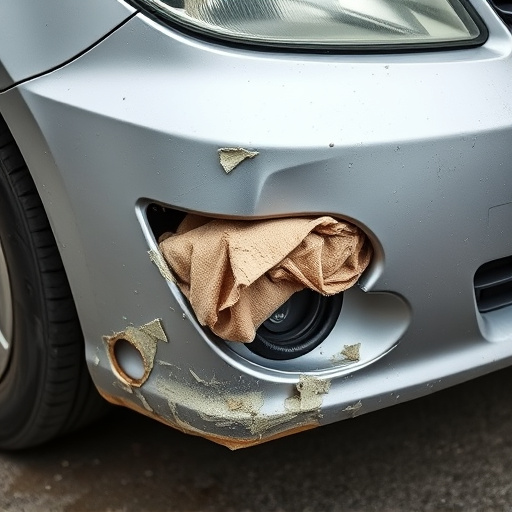
In today’s digital era, repair quality verification tasks in car body shops and collision centers have seen a significant transformation with the advent of streamlined digital tools. These innovative solutions are revolutionizing traditional processes, ensuring higher accuracy and efficiency. For instance, advanced software applications now enable detailed digital documentation of repairs, allowing for easy tracking and comparison against industry standards. This digital approach not only simplifies the verification process but also enhances transparency for both customers and technicians.
Moreover, integrated systems facilitate real-time data exchange, enabling seamless communication among various stakeholders. In a car bodywork setting, this means that estimates, work orders, and progress updates can be shared instantly. Such interoperability ensures that every team member, from estimators to mechanics, is on the same page, reducing errors and improving overall repair quality. As a result, digital tools are becoming indispensable assets in maintaining high standards of craftsmanship in modern collision centers.
Automated Testing: Enhancing Precision and Speed
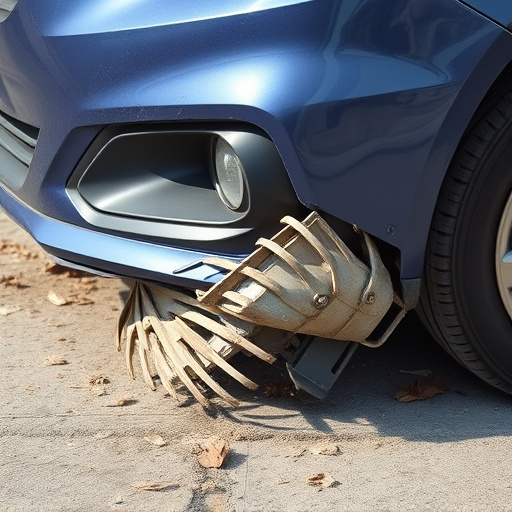
In today’s digital era, automated testing is revolutionizing the landscape of repair quality verification for auto repair services. Traditional manual methods are time-consuming and prone to human error, often requiring meticulous attention to detail for each vehicle. However, with the integration of advanced digital systems, this process has undergone a significant metamorphosis. Automated testing tools can precisely identify even subtle defects, ensuring every aspect of the repair is up to par. These systems utilize sophisticated algorithms and high-resolution imaging to detect minute differences in paint jobs, panel alignments, and structural integrity—a true testament to their efficacy.
Imagine a scenario where a vehicle suffers from hail damage repair or more extensive car damage repair. The automated testing process swiftly scans the repaired area, cross-referencing it with pre-set standards. This not only speeds up the verification process but also enhances accuracy. By employing these advanced techniques, repair facilities can maintain higher quality control, ensuring customers receive top-notch auto repair services that meet or exceed industry standards.
Data-Driven Insights for Consistent Quality Assurance
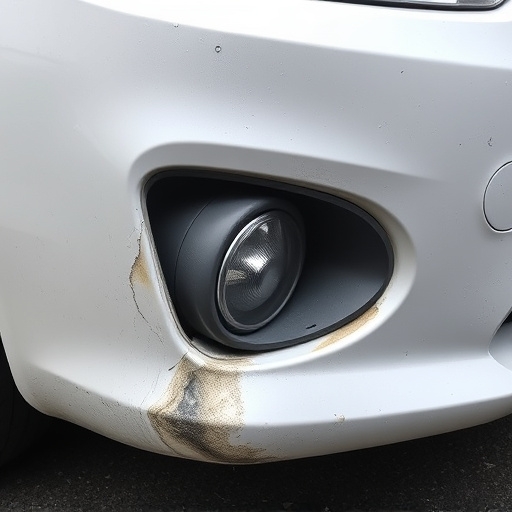
In today’s digital era, data-driven insights are transforming the landscape of repair quality verification tasks across various industries. By leveraging advanced analytics and intelligent systems, businesses can gain a deeper understanding of their processes, enabling them to ensure consistent excellence in service delivery. For instance, in the automotive repair sector, digital tools allow for real-time tracking of vehicle conditions, component replacements, and labor hours, providing accurate data for performance analysis. This data-centric approach not only identifies areas for improvement but also helps establish benchmark standards across different body shop services and tire services.
These insights are particularly valuable when it comes to quality assurance in complex procedures such as automotive repairs. By analyzing historical data and identifying trends, digital systems can predict potential issues, optimize work flows, and reduce human errors. This precision leads to faster turnaround times, improved customer satisfaction, and enhanced safety standards across the board. Moreover, the ability to generate detailed reports based on these insights empowers management teams to make informed decisions, ultimately driving operational efficiency in both automotive repair and tire services.
Digital systems have revolutionized repair quality verification, offering efficient tools for streamlined processes, enhanced precision through automation, and data-driven insights that ensure consistent quality. By leveraging these advanced technologies, industries can optimize their repair tasks, leading to improved efficiency, reduced errors, and ultimately, superior customer satisfaction. Digital solutions are not just a trend but an indispensable asset in the pursuit of excellence in repair quality verification.
